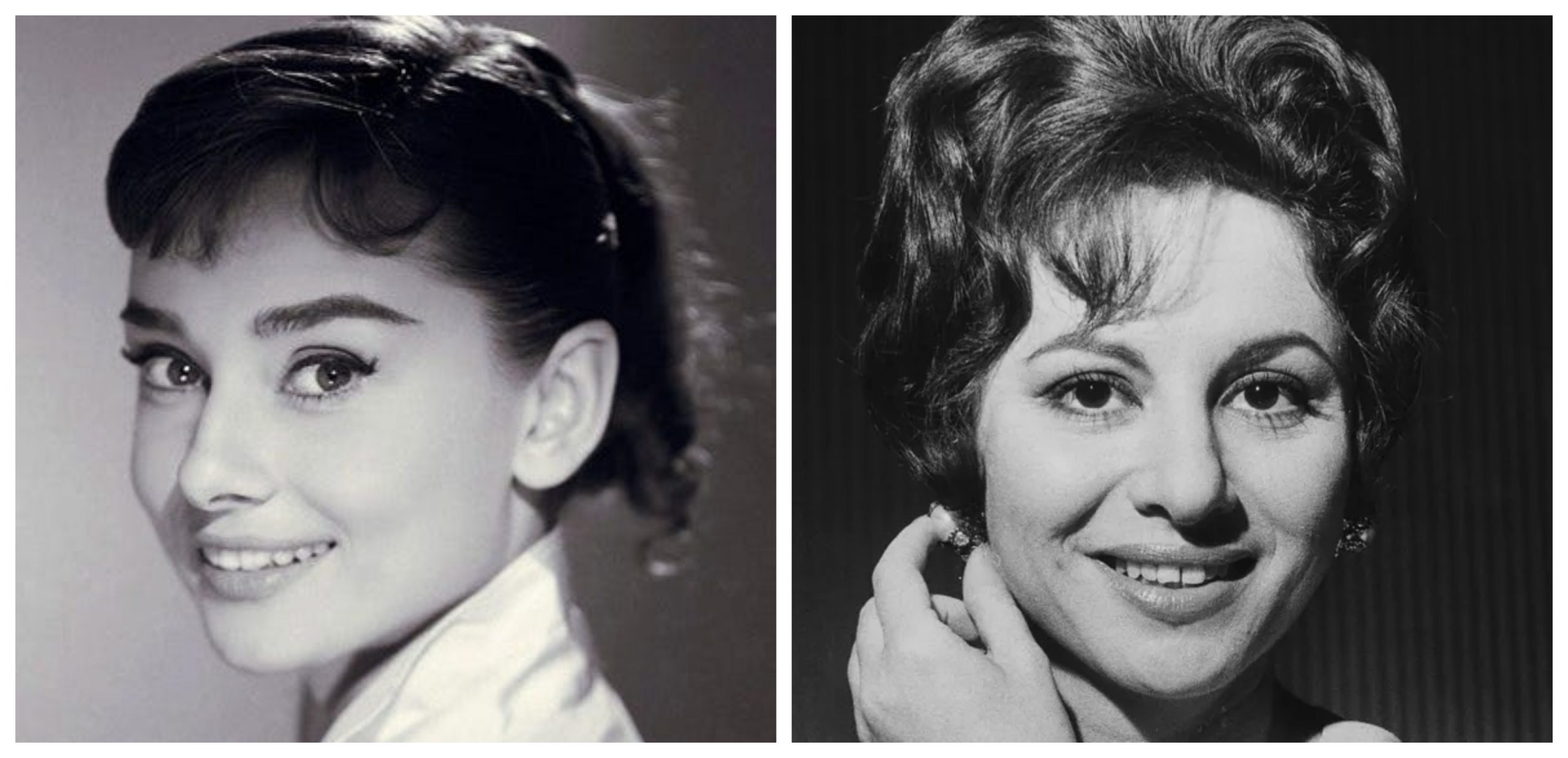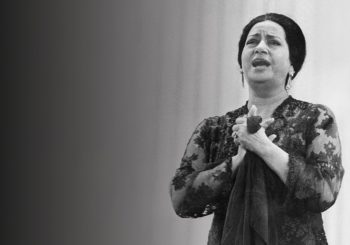When Audrey Hepburn was first cast as Holly Golightly in the movie Breakfast at Tiffany’s (1961), Truman Capote, the author of the novel, was utterly disheartened. Capote said that it made him “want to throw up,” and that Marilyn Monroe had been his first choice.
At a time when Hollywood idolized sex symbols such as Marilyn Monroe and Elizabeth Taylor, Audrey Hepburn was seen as the complete odd one out. She merged traditionally masculine and feminine features by donning thick, straight brows, and her extreme slenderness was in direct contrast to Monroe’s ‘curvier’ look. She was commonly viewed as innocent, charming and elegant, but never daring enough to play the role of Holly Golightly — a New York girl who had no job and made a living by socializing with wealthy men.
Soon afterwards, however, Hepburn’s style and persona was emulated by the average woman in the 1960s. As Rachel Moseley describes in her book, Growing up with Audrey Hepburn: Text, Audience, Resonance (2002), women grew to love Hepburn’s natural and boyish look, while remaining ‘lady-like’ by the standards of the time. The black trousers and flat ballet-style pumps that she wore in the movie resonated with women working in an office. “There’s no way we could walk around the streets like Monroe,” one woman said in Moseley’s book.
In parallel, renowned Egyptian actress Faten Hamama was also changing the way women looked and acted in front of the camera. Dubbed as the “lady of the Arabic screen”, Hamama’s roles were often charming and sophisticated, and much like Hepburn, represented glamour with an undercurrent of strength, as their acting roles often revolved around overcoming challenges or society’s expectations.
Both actresses brought radical change to the way women dressed, as younger women felt that they could comfortably copy their look without feeling inadequate or pressured to look ‘sexy’. But beyond their physical similarities, Hepburn and Hamama also shared many other qualities that made them both such successful and beloved stars, such as their humanitarian work.
Below is a summary of their similarities:
Graceful But Rebellious
Whenever one thinks or mentions Audrey Hepburn or Faten Hamama, they immediately think of their roles as princesses or elite women due to the popularity of their movies playing these characters. Audrey Hepburn was Princess Anne in Roman Holiday (1953) and Faten Hamama was Sawsan in Sayyidat al-Qasr (The Lady of the Palace, 1958). Both of their characters represent a masterclass in sophistication, and capture the essence of their legacy: they’re both sophisticated and down-to-earth, both regal and relatable. Although they were royals or part of the upper class, they were not afraid to be themselves, rebel and play an active role in their work and home.
Princess Anne escapes from her guards one day and spends a day exploring Rome with an American news reporter. Her character epitomizes a classic coming-of-age tale, where the girl gets tired and fed up of the restrictions imposed on her and chooses instead to try different things. By the end of the movie, Princess Anne becomes more mature, assertive and poised, and is not afraid to say ‘no’ to her guards or family when they order her to do something. She also ends up forging closer relations with the journalists, and began to emphasize the importance of prioritizing human relationships to become a better ruler.
Similarly, Sawsan tells the story of a middle-class orphan who gets married to a rich member of the elite. Although most rich women are often depicted as mere housewives, she changes the script by giving the woman a more active role, as Sawsan works on negotiating and managing the land that her husband owns. By doing so, she sends a different message about women in the upper class, and the importance in acting more responsibly with the privilege they have been given.
Masculinity and Femininity
Both Hepburn and Hamama were not afraid to show their masculinity in tandem with their femininity. Audrey Hepburn’s famous role as Jo Stockton in Funny Face (1957) became the ultimate fashion reference for women that dress more ‘tomboyish’, as Hepburn’s fashion muse status was cemented by her black pants, flats, and a black polo neck look.
Hepburn often stepped out in traditionally masculine outfits, wearing a striped t-shirt with a blazer or pairing men’s shirts with a pair of high waisted capri trousers and some flats and a soft red lipstick.
Similarly, Hamama played the role of Mona in Empire M (1972), which told the story of a widow working mother who was raising six children at different ages simultaneously, ranging from elementary school to graduating university students. Mona was dressed in blazers and office attire for most of the time, and acted as both the father and the mother of the household, displaying authority but also compassion.
Humanitarian work
Hepburn and Hamama also extended their characters beyond their images on a screen, as they were actively involved in a lot of humanitarian work.
Audrey Hepburn worked tirelessly for the United Nations Children’s Fund (UNICEF) for over 20 years. Since she grew up during World War II, and experienced Nazi occupation in the Netherlands, she saw firsthand the suffering of children during the war, and this experience had a profound impact on her. In 1988, Hepburn was appointed a Goodwill Ambassador for UNICEF and traveled to over 80 countries to support children who were affected by poverty, hunger, disease, and war. Hepburn also supported other charitable organizations, such as the World Wildlife Fund and the American Foundation for AIDS Research.
Hamama, on her part, was a powerful advocate for women’s rights, both on and off screen. Hamama’s film I Want A Solution (1975), which was chosen as Egypt’s entry for the Best Foreign Language Film category at the 48th Academy Awards, emphasized the unfairness of Egypt’s laws against women regarding personal status.
Doria, played by Hamama, attempts to get a divorce from her husband Methat, a former ambassador who cheats on his wife and physically and emotionally abuses her. Although Doria asked for a divorce, she was unable to get one because it was only permitted in certain circumstances under Egyptian law at the time. After watching the movie, the Egyptian authorities decided to revoke the legislation that prohibited wives from filing for divorce from their spouses.
Hamama’s roles, according to Zainab Kheir, director of the Egyptian Centre for Economic and Social Rights, protected the rights of the underprivileged with her portrayal of the distressing realities of young girls working as housemaids, whose rights and honour were routinely violated, in The Nightingale’s Prayer (1959).
Watching their movies today can provide a refreshing outlook of how women like them were depicted on screen, which was an alternative to the flirtatious and sexy characters of most famous actresses in Hollywood. They were ‘lady-like’ yet boyish, natural yet glamorous, and poised but rebellious — fully capturing a woman’s complexity.







Comment (1)
[…] Source link […]